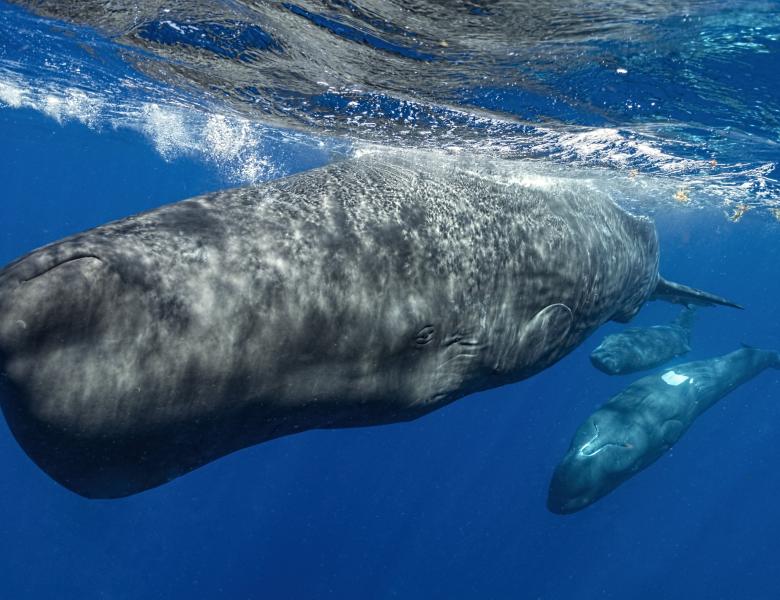
Abstract
Most studies of collective action in animal societies have been conducted with fish schools or bird flocks, in which every individual is the same as any other, and which typically involve spatially cohesive groups making short-term decisions in a shared context. However, little is known about the role of communication in the mediation of collective actions in animal societies characterized by multiple types of differentiated relationships, such as those based on age-class, sex, social rank, and kinship. My colleagues and I use innovative tracking technology and computational modeling to determine how vocal communication influences collective behavior in complex animal societies in which group members must make decisions despite differential access to information and varying exposure to the costs and benefits of coordinating with others. To achieve coordination in such systems, many species employ sophisticated vocal signaling systems that transfer critical information among group-mates. Animals can flexibly control the vocalizations they produce independent of their movements, resulting in a complex interplay between signaling and movement that ultimately drives group-level outcomes such as collective decisions and coordinated actions. To elucidate the mechanisms mediating coordination in heterogeneous animal societies, we recorded movements and vocal signals simultaneously from all members of wild animal groups at a high resolution, and across varying degrees of spatial dispersion. We are comparing three species of mammalian carnivores that solve a common set of coordination problems, but vary in spatial cohesiveness: meerkats form highly cohesive groups, coatis are moderately cohesive, and spotted hyenas live in fission‑fusion societies. We fitted an entire clan of spotted hyenas with collars containing GPS & VHF transmitters, accelerometers, magnetometers, microphones, & sound boards so that we can know the animal’s spatial position every second, assess its activity level, and hear every sound each hyena emits or hears for the whole life of the collar.


